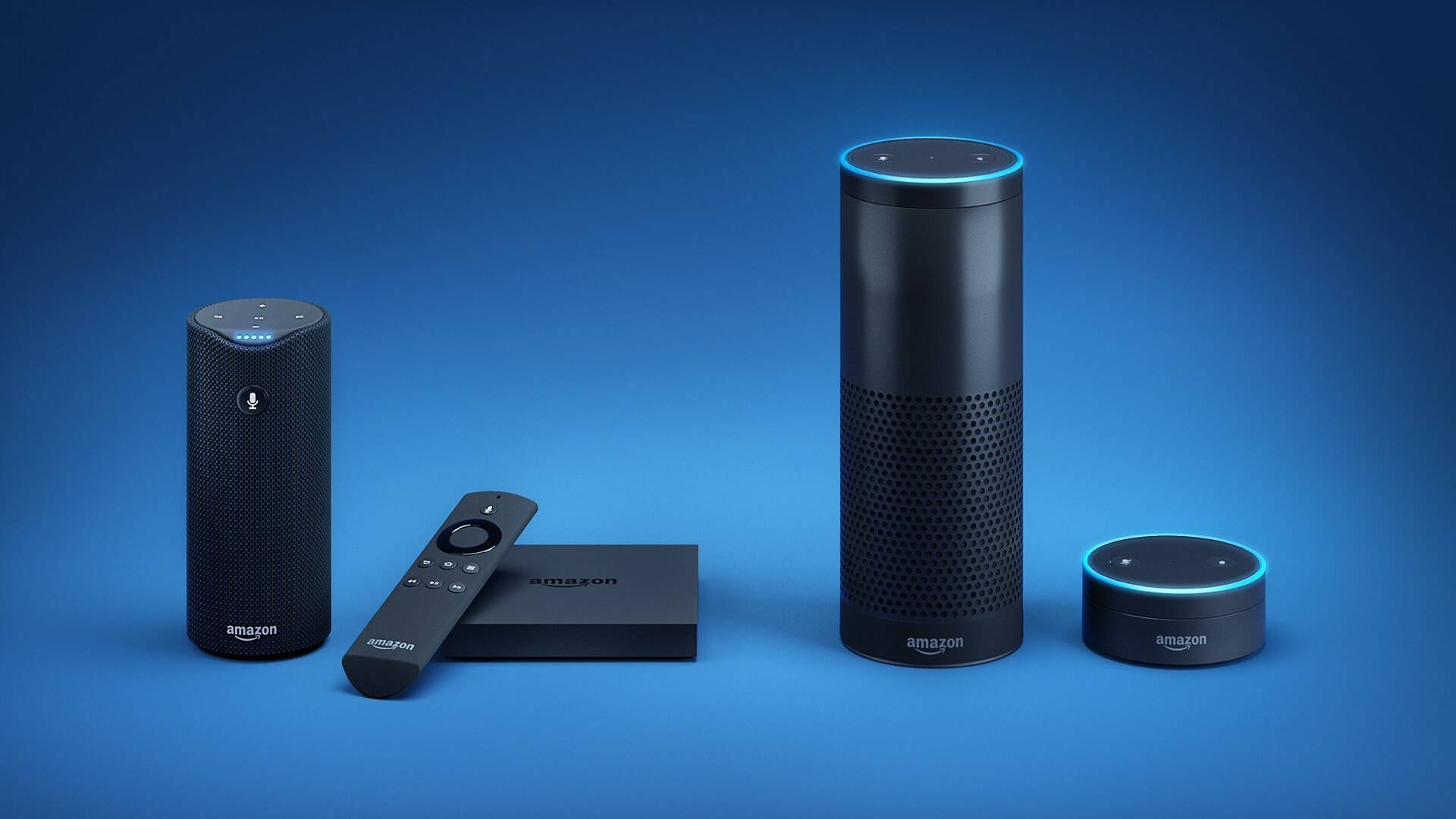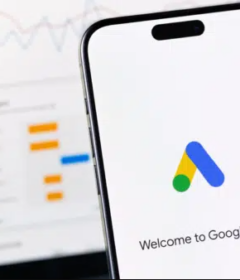Say hello to Voice Interface Optimization

Voice interfaces are not simply front-ends for search engines or apps. They are a whole new thing.
Voice Interface Optimization has now become a thing, but it’s not yet a fully realized thing.
Voice interfaces are showing up everywhere, most notably in intelligent speakers like Google Home and Amazon Alexa. However, the standards for this kind of interaction are still being hammered out, and the tools for brand differentiation are still fairly rough.
But time’s a-wasting, with ComScore predicting that half of all searches will be voice searches by 2020.
Splice Software VP Darin Reffitt has some suggestions about things marketers can do now. His Calgary, Canada-based company creates interactive voice messaging for brands across all kinds of devices.
There are a few main avenues of interaction now. Users employ voice as the front end to a search engine, as a front-end for a device-specific mini-application like Amazon’s skills for its intelligent speakers, or as a front-end to a connected online service.
In a typical use case of the first type, for example, a consumer who is cooking in the kitchen asks Google Home to find out the times of the nearest showing of the new “Star Wars” movie. For Google, it’s a lookup through its search engine to an online source like Fandango.
The new ‘land grab’
In the second instance, a consumer might ask Alexa to open the Bank of America skill (application) and see if a recent checking account deposit cleared.
And the third example is illustrated by my nightly request, just before dinner, for Google Home to “play Keith Jarrett” or something similarly dinner-like, accomplished by Google calling up our Spotify subscription.
Given these contexts, how can a marketer best position her brand?
First, Reffitt notes, you want to participate in the current “land grab,” just as one does on the web. That is, make sure your brand’s name and related terms are reserved as an Invocation Name, at least on the big three voice platforms: Amazon Alexa, Google Home and Microsoft Cortana.
Second, he suggests, build a simple skill/speaker-specific application. This gives your brand a taste of how these operate and acts as a placeholder for more complex incarnations later.
Third, strategize about how best to utilize a voice query. An audit of the most frequent search engine queries related to your brand or your field, and an analysis of what kinds of inquiries come into your website, mobile app and contact center, will help you figure out what the most appropriate responses should be.
Voice query design
But, of course, you need to design for voice queries, not text ones.
If you’re a common local or national brand, for example, Reffitt suggests you might tune your skill (device-based application) to your ad campaign: “Target, do you have Nintendo Switch in stock?”
If you’re a local pizza parlor, you might emphasize key voice query phrases when you optimize your website and when you add your info to local directories. “Best thin-crust pizza nearby” might be the key request from a voice search, whereas a text search might just have “thin-crust pizza” and ZIP code. You also want to make sure your phone number is prominent, since that is likely to be the next action by a user of a voice agent, especially if the search is on a mobile device.
Then there’s the voice. If the standard Alexa or Google Home voice delivers my brand information, that’s one kind of context.
The early days of brand voices
If I add some recorded voice clips in my skill for responses to specific inquiries, as Splice does, the brand retains some control over the kind of voice and the tone. Every marketer knows the importance of how you talk to a customer.
Reffitt notes that you, the customer, want to hear a sympathetic voice if it’s from an insurance company reacting to your query about a fender bender you just had. But with only static voice recordings for specific queries, there currently are limits to the ways a brand can retain its own voice on smart speakers or other voice agent embodiments.
Google is now offering multiple voice options, Reffitt points out, and Alexa has announced it will — but they are still not your brand’s recognized voice.
Perhaps someday skills, or the platform itself, will allow you to upload your own voice samples and then generate a voice with emotion on the fly for a brand personality. And perhaps someday there will be ways that your lesser-known brand can show up in the very limited voice-generated results, given that your brand usually shows up somewhere in the first page of text-based search results.
But for now, this is early in the Age of the Voice Interface, and, just as in the early days of search engines and websites, marketers will just have to figure out how this new platform works.




